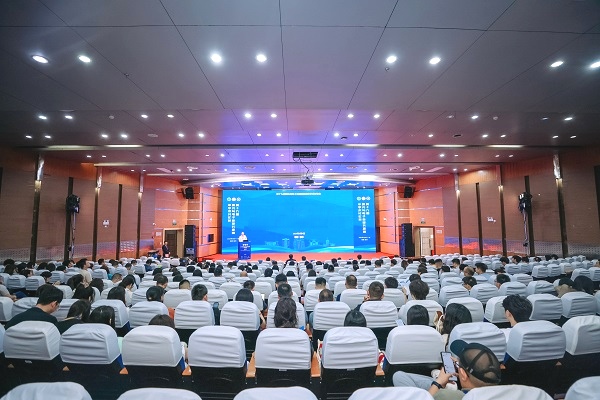The 19th Luminescence & Electron Spin Resonance (ESR) Dating Symposium was successfully held from May 8 to May 11 in Fuzhou, hosted by the School of Geographical Sciences and the College of Carbon Neutrality Future Technology at Fujian Normal University (FJNU). The event was jointly organized by the Geochronology Technology Branch of the Chinese Geographical Society (GSC) and the Cultural Heritage Analysis and Testing Technology Committee of the China Association for Conservation Technology of Cultural Heritage (CACTCH). This prestigious conference attracted over 200 participants from universities, research institutions, and enterprises across China.
Distinguished Attendees
The symposium featured an impressive lineup of attendees, including:
Wu Jianfeng, Vice President of FJNU
Zhao Hui, Council Member of GSC, Director of the Geochronology Technology Branch of GSC, and researcher at the Northwest Institute of Eco-Environment and Resources, Chinese Academy of Sciences (CAS)
Ding Zhongming, Director of the Cultural Heritage Analysis and Testing Technology Committee of CACTCH and researcher at Shanghai Museum
Xiong Yingfei, Deputy Director of the Committee of CACTCH and researcher at Shanghai Museum
Professors Zhou Liping and Zhang Jiafu from Peking University
Professor Li Shenghua and Researcher Yin Gongming from the Institute of Geology, China Earthquake Administration
Professor Lai Zhongping from Shantou University
Researcher Zhao Hua from the Chinese Academy of Geological Sciences
Faculty members from the School of Geographical Sciences and the School of Carbon Neutrality Future Technology
Opening Remarks
In his opening speech, Wu Jianfeng emphasized the transformative impact of recent advancements in dating techniques on research paradigms in geography and archaeology. He noted that the symposium provides a timely platform for experts to exchange insights, fostering progress in luminescence and ESR dating technologies. Wu highlighted the importance of these technologies in expanding the scope of temporal and spatial studies and injecting new vitality into archaeological and geological research.
Key Themes and Discussions
Zhao Hui praised the conference for facilitating discussions on fundamental theories, methodologies, and new applications of luminescence and ESR dating in fields such as geography, cultural heritage preservation, and archaeology. He noted that the event showcased China’s latest research achievements and technological breakthroughs, contributing to the advancement of dating theories and techniques and elevating the country’s academic standing in the global community.
Ding Zhongming, in his address, expressed hope for deeper collaboration between experts and scholars in dating technologies and the cultural heritage conservation community. He encouraged dynamic exchanges and intellectual synergy to achieve innovative breakthroughs in dating mechanisms, new method development, and multi-technique integration. Ding emphasized that such efforts would provide robust scientific and technological support for cultural heritage preservation.
Keynote Presentations and Sessions
The symposium featured keynote presentations by:
Professor Zhou Liping (Peking University)
Professor Lai Zhongping (Shantou University)
Professor Li Bo (University of Wollongong, Australia)
Researcher Long Hao (Nanjing Institute of Geography and Limnology, Chinese Academy of Sciences)
Associate Researcher Han Fei (Yunnan University)
Researcher Fang Keyan (FJNU)
In addition to the keynote presentations, two parallel sessions were held, focusing on specialized topics in luminescence and ESR dating. The symposium also recognized 12 outstanding graduate student presentations, showcasing the contributions of young researchers to the field.

